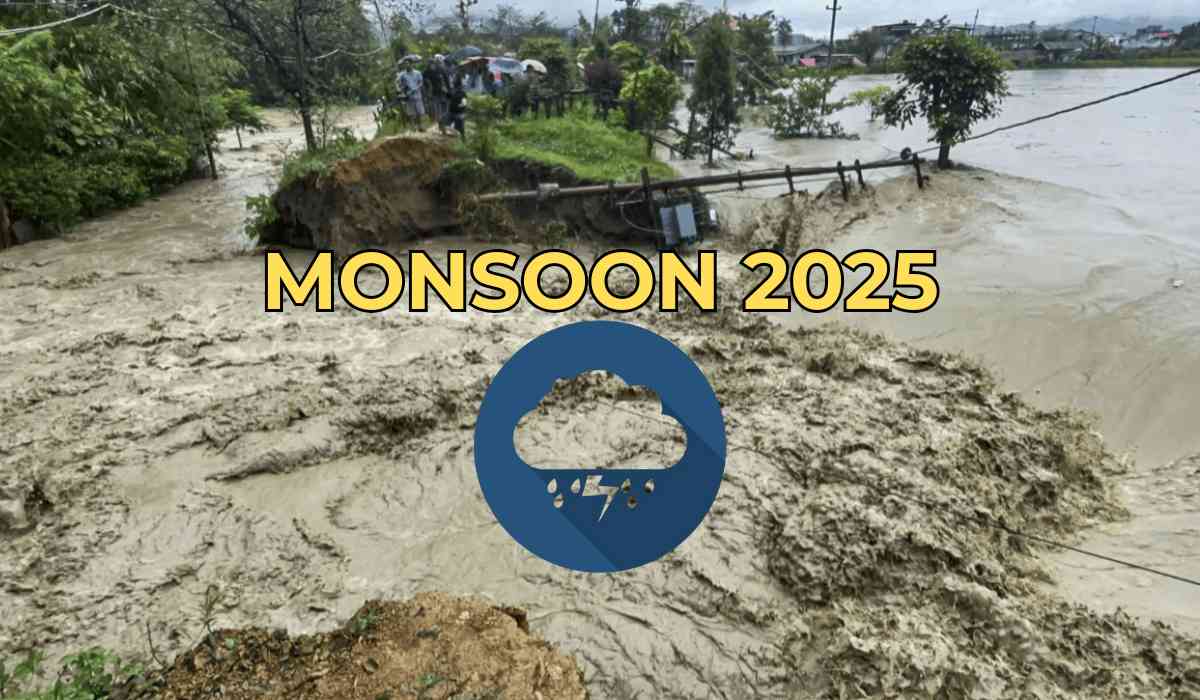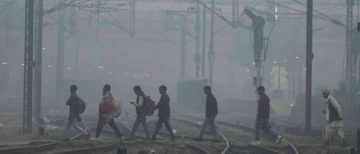The early onset of the southwest monsoon in 2025 has brought unprecedented devastation to Northeast India, with widespread floods and landslides affecting more than 5.5 lakh people and claiming at least 36 lives across multiple states. With Assam bearing the brunt of the crisis, the situation remains dire as rivers overflow, infrastructure collapses, and thousands are displaced.
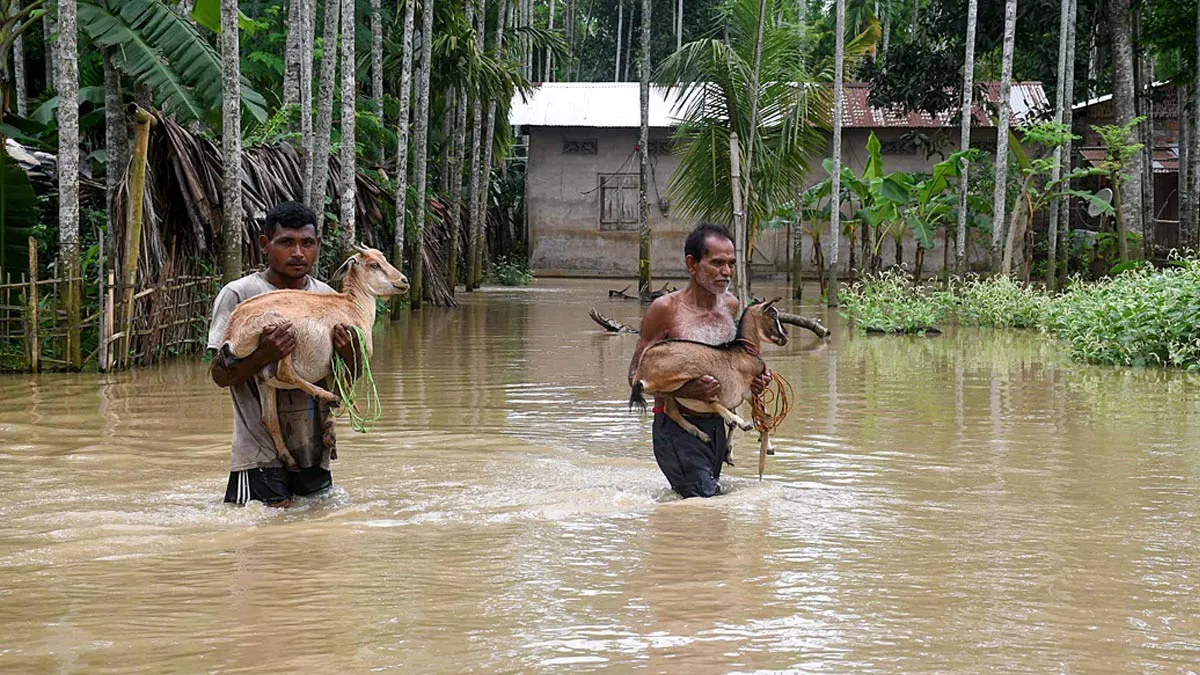
Understanding Why Northeast India Is Highly Prone to Floods and Landslides
The recurring floods and landslides in Northeast India are not random; they result from a combination of natural geography and evolving climatic patterns. Below are the key factors contributing to the region's susceptibility:
1. Complex Topography
Northeast India comprises rugged terrain, hilly regions, and steep mountain slopes. These natural formations accelerate surface runoff during intense rainfall events, often resulting in flash floods and landslides.
2. High Monsoonal Rainfall
The region receives some of the highest levels of monsoon precipitation in the country. This high volume of rainfall frequently exceeds the soil’s absorption capacity, leading to surface water accumulation and overflow.
3. Dense River Network
Rivers such as the Brahmaputra and Barak, along with their numerous tributaries, traverse through this region. During the monsoon, these rivers often breach their banks due to excessive inflows, inundating large areas and causing widespread damage.
4. Deforestation and Unsustainable Land Use
Human-induced activities, including logging, mining, and urban expansion, have significantly depleted natural vegetation cover. This degradation reduces the land’s natural capacity to retain water, increasing surface runoff and soil erosion.
5. Climate Change and Erratic Weather Patterns
The impacts of global warming are now more visible than ever. Erratic monsoon patterns, both in timing and intensity, have become more frequent. These unpredictable weather events intensify the severity of flooding and landslides across the region.
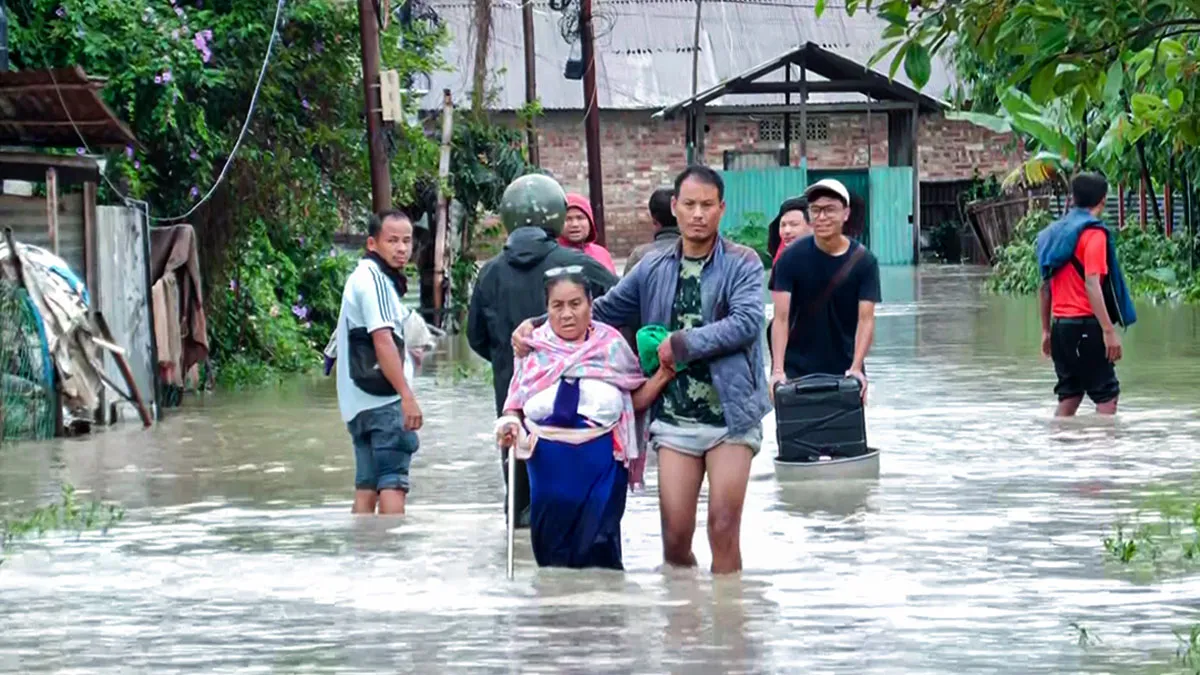
State-Wise Impact of the 2025 Monsoon Disaster in Northeast India
1. Assam: The Epicenter of Monsoon Devastation
Assam is currently facing its most severe flood crisis in recent years. More than 5.35 lakh people have been affected across 22 districts, with 15 rivers, including the Brahmaputra and Barak, flowing above danger levels.
So far, 11 deaths have been confirmed. Transport services—road, rail, and ferry—are severely disrupted, hampering rescue and relief operations. Assam Chief Minister Himanta Biswa Sarma visited the worst-hit Lakhimpur district, assuring citizens that the state government is committed to providing all necessary aid and support.
2. Arunachal Pradesh: Landslides and River Swells Create Havoc
In Arunachal Pradesh, 10 fatalities have been reported due to landslides and flooding. Approximately 938 people across 156 villages in 23 districts have been affected. Rivers and tributaries are flowing dangerously high, especially in districts like West Kameng and Lower Subansiri, where landslides and waterlogging are rampant.
3. Meghalaya: Flash Floods and Landslides Hit Remote Areas
Meghalaya has witnessed six deaths over the past three days. Around 1,100 residents in 49 villages have been impacted by flash floods, landslides, and power disruptions. Rescue teams are actively working to evacuate and assist those stranded in remote areas.
4. Mizoram: Landslides Kill Five, Including Myanmarese Refugees
In Mizoram, five lives have been lost—including three Myanmarese refugees—as a result of house collapses and landslides triggered by incessant rainfall since May 24. Authorities shut down all schools in Aizawl on Monday as a preventive measure.
5. Sikkim: Army Personnel Among the Dead in Deadly Landslide
Sikkim has reported a tragic landslide in Mangan district that resulted in the deaths of three Army personnel, with six others missing. The heavy rains also stranded more than 1,600 tourists in Lachung and Chungthang—key tourist destinations in North Sikkim—though most have since been safely evacuated. However, over 100 people remain stranded in Lachen.
6. Manipur: Embankment Breaches Leave Thousands Homeless
Manipur has seen significant flooding, with over 19,000 residents affected due to overflowing rivers and breached embankments. The floodwaters have damaged 3,365 houses and impacted 103 localities. The state has established 31 relief camps, primarily in Imphal East district, to provide shelter to displaced families.
7. Tripura: Water Recedes but Thousands Still Displaced
While the flood situation in Tripura is showing signs of improvement—with water levels receding and rivers falling below danger marks—more than 10,000 people remain in government-run relief shelters. The administration has set up 66 relief camps across affected regions, currently housing 2,926 families.
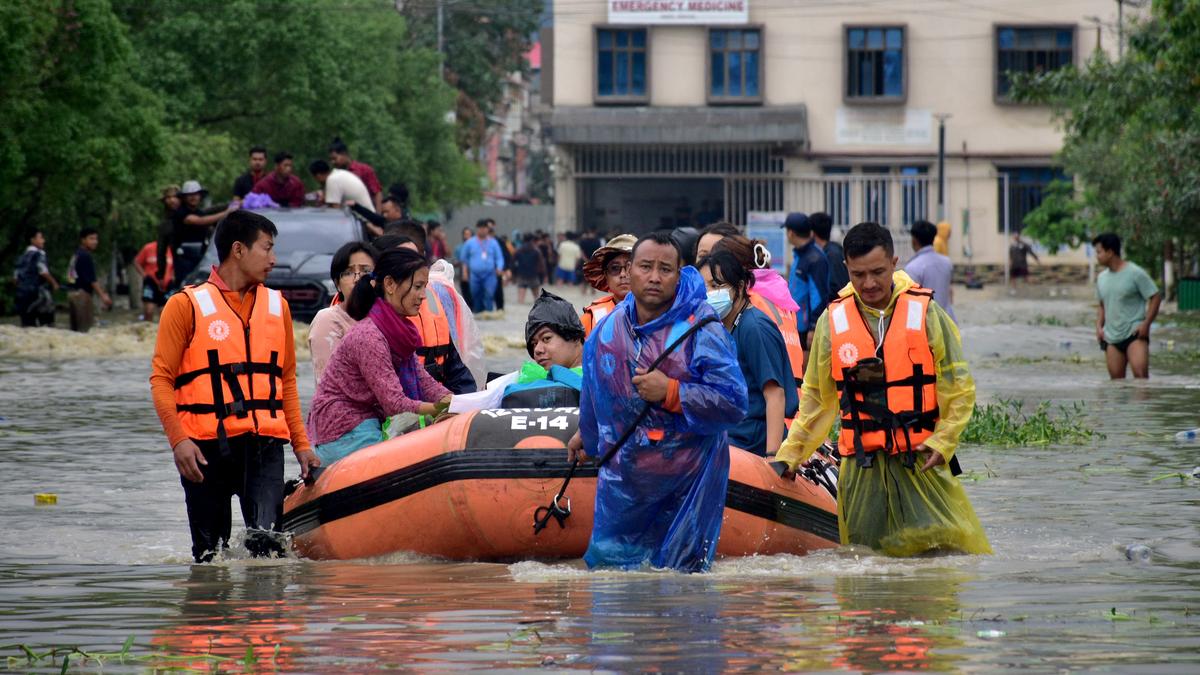
National Response: Prime Minister Modi Assures Central Support
As the crisis deepens, Prime Minister Narendra Modi has personally intervened to monitor and coordinate relief efforts. On Tuesday, he held telephonic conversations with Assam Chief Minister Himanta Biswa Sarma, Sikkim Chief Minister Prem Singh Tamang, and Manipur Governor Ajay Bhalla to assess the situation and extend support.
According to official sources, PM Modi has assured the full backing of the Central Government in the form of financial aid, manpower, and logistical support for rescue and rehabilitation.
CM Sarma took to X (formerly Twitter) to share:
“A short while ago, Hon’ble Prime Minister Shri @narendramodi ji called me to enquire about the current flood situation in Assam. I briefed him on how continuous rainfall in Assam and adjoining states has led to flooding and impacted many lives. I also apprised him of the relief operation undertaken by the state government.”
The Prime Minister reportedly expressed deep concern and promised comprehensive central support for ongoing relief and long-term rehabilitation initiatives.
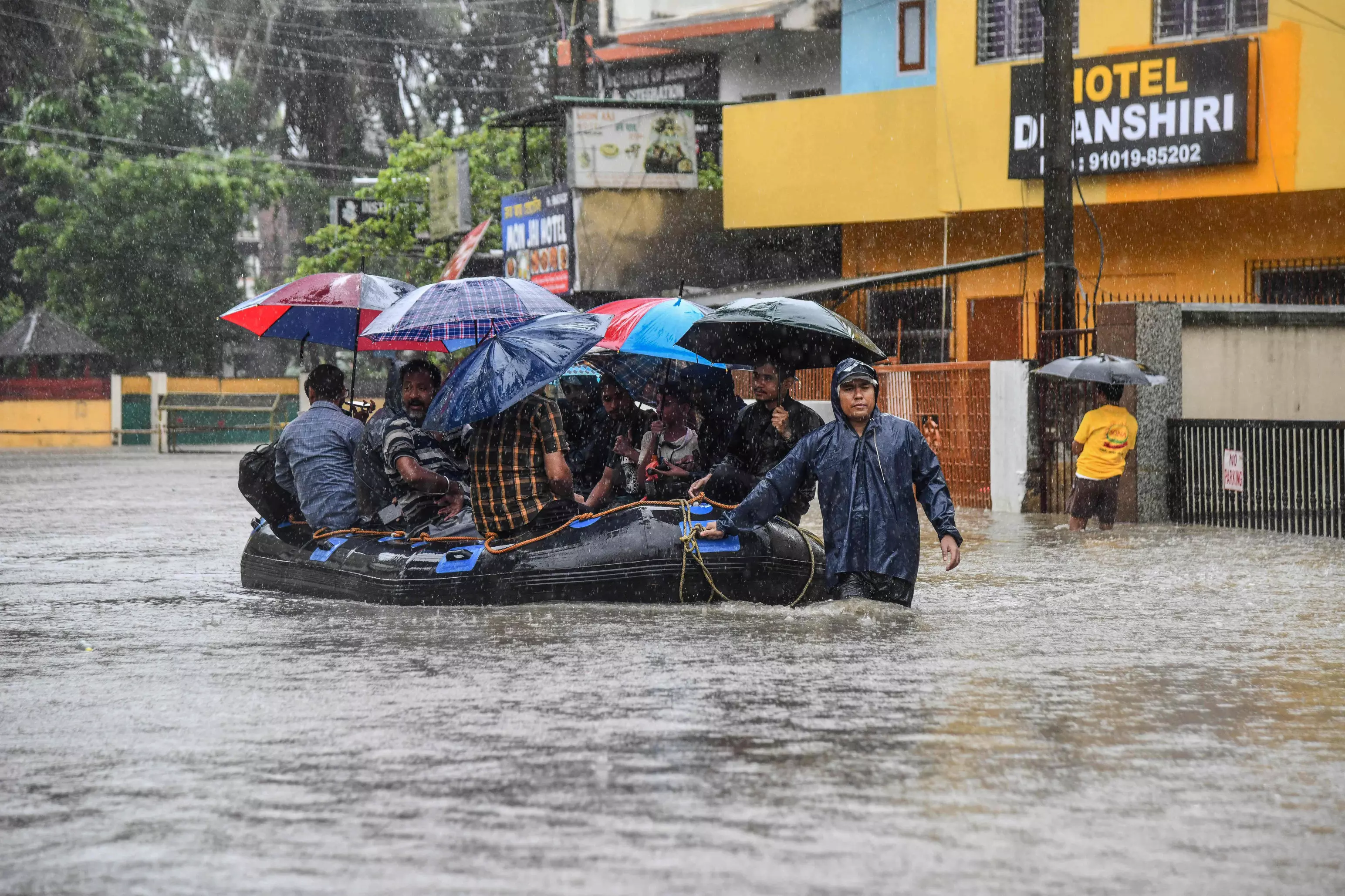
Weather Warnings and Forecast
The Regional Meteorological Centre (RMC) in Guwahati has issued an 'orange alert' for the districts of Dhubri, South Salmara Mankachar, Goalpara, and Kokrajhar. With more rainfall forecasted for the coming days, authorities are on high alert and bracing for further emergencies.
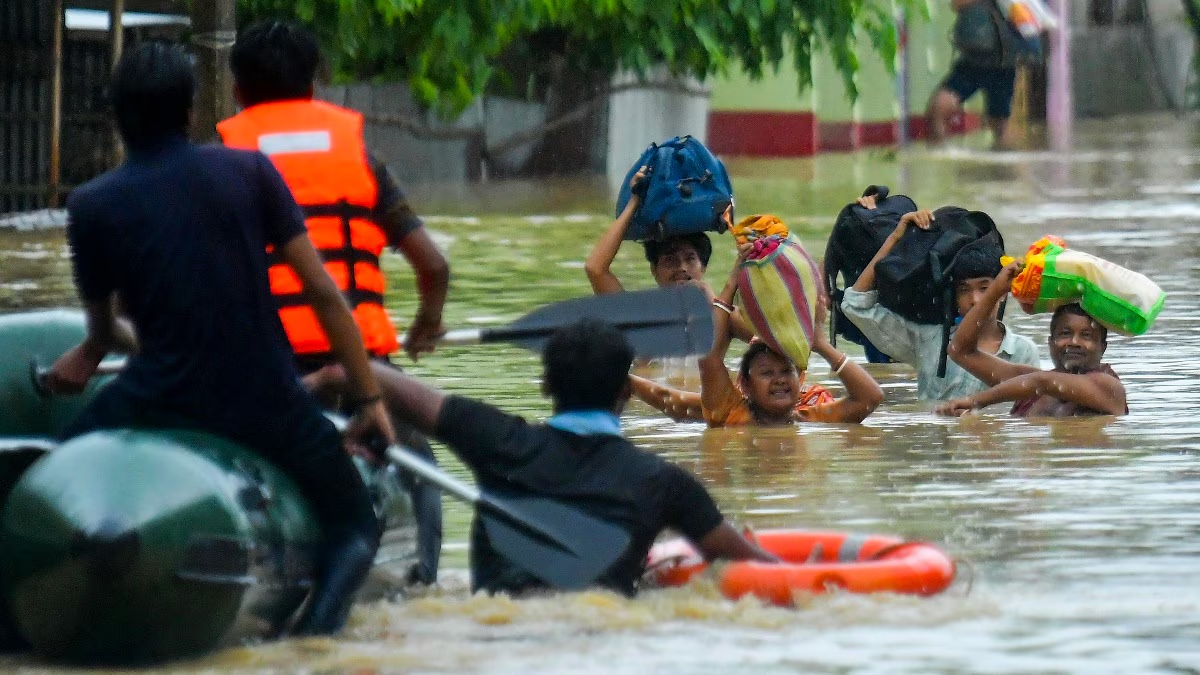
A Wake-Up Call for Resilient Planning and Sustainable Development
The devastating monsoon events in Northeast India during 2025 serve as a grim reminder of the region's fragile ecological balance and the urgent need for robust disaster preparedness. While nature's fury cannot be entirely avoided, its impact can be significantly reduced through scientific forecasting, sustainable land-use planning, and resilient infrastructure development. As the government intensifies relief efforts and climate scientists call for urgent action, the affected communities continue to battle adversity with strength and resolve.
With inputs from agencies
Image Source: Multiple agencies
© Copyright 2025. All Rights Reserved Powered by Vygr Media.

